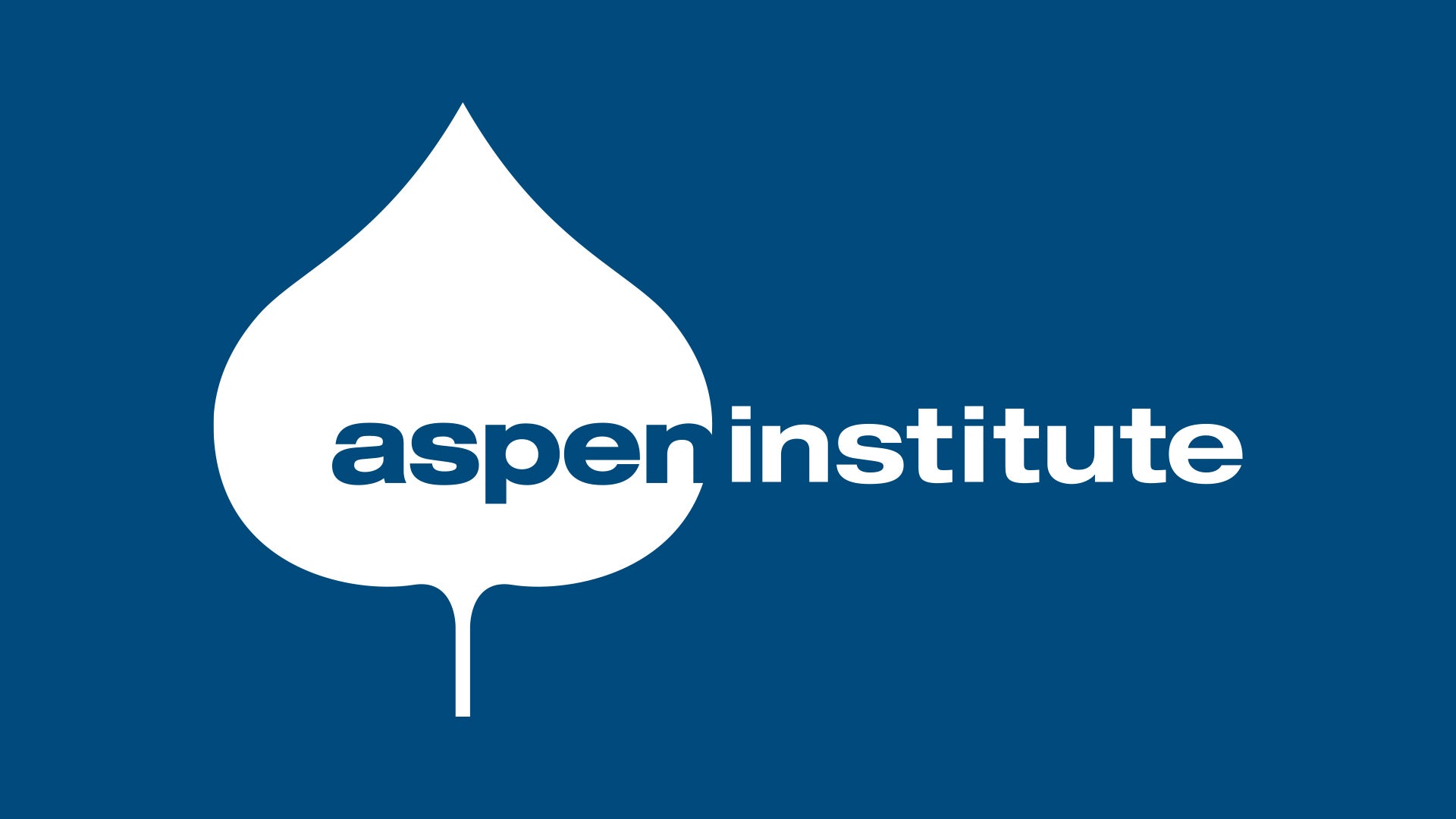From Rent to Riches? A Profile on the Wealth and Financial Well-Being of Renter Households The Aspen Institute


Personal wealth—savings and assets minus debts—is a central component of household financial security for families at all income levels. Obtaining homeownership is frequently and justifiably viewed as a primary way to build secure and sustainable wealth in the United States, particularly for low- to moderate-income households. Indeed, home equity is the largest source of wealth for most people in the U.S. But the path to owning a home is becoming narrower and more challenging to navigate; while many of today’s renters will eventually build wealth through homeownership, a growing number will not.
Today’s 45 million renters in the United States are relatively young and diverse, representing the future of our economy. Over one-third of U.S. households are currently renters, and both the number and percent of renter households are expected to increase. Yet renters have less than 3 percent of the wealth of homeowners, with a median net worth of $10,400 compared to nearly $400,000 for homeowners.
Whether or not they ever become homeowners, renters still need alternative and additional options to grow their savings and wealth over time, across each stage of their adult lives. This report examines the current financial picture of renter households in the United States and highlights the challenges and opportunities for renters to strengthen their financial well-being, drawing on the Aspen Institute Financial Security Program’s (Aspen FSP) framework for household wealth building. In so doing, it provides fresh insights into the balance sheets of renter households and the conditions that support increased wealth, including a first-of-its-kind window into renters’ asset ownership. This report also provides context to the relative financial strength of renters in a subset of local markets.
Recent trends indicate that building renter wealth is achievable. However, most renter households are starting from a low baseline, and recent progress is neither sufficient nor guaranteed to continue, especially in light of increasing costs and the end of pandemic-era policies providing financial support to households. But it is progress. And we should work to sustain and accelerate it, especially given the increasing challenges of accessing and maintaining homeownership.
We invite leaders across sectors to advance a broader, renter-focused approach to wealth building, ensuring that all households, regardless of homeownership status, have the tools and resources to achieve financial security and resilience.
We extend our gratitude to the Capital One Insights Center for their partnership and financial support. The findings, interpretations, and conclusions expressed in this report—as well as any errors—are Aspen FSP’s alone and do not necessarily represent the views of its funders.

Why does it feel like large companies always get the upper hand? Maybe it’s the long contracts with fine print,...

In this episode of Zephyr’s Adjusted for Risk Podcast, host Ryan Nauman engages in a deep discussion with industry expert...

Almost all retirement-aged Americans receive some amount of Social Security income. The average monthly benefit comes in at almost $2,000...